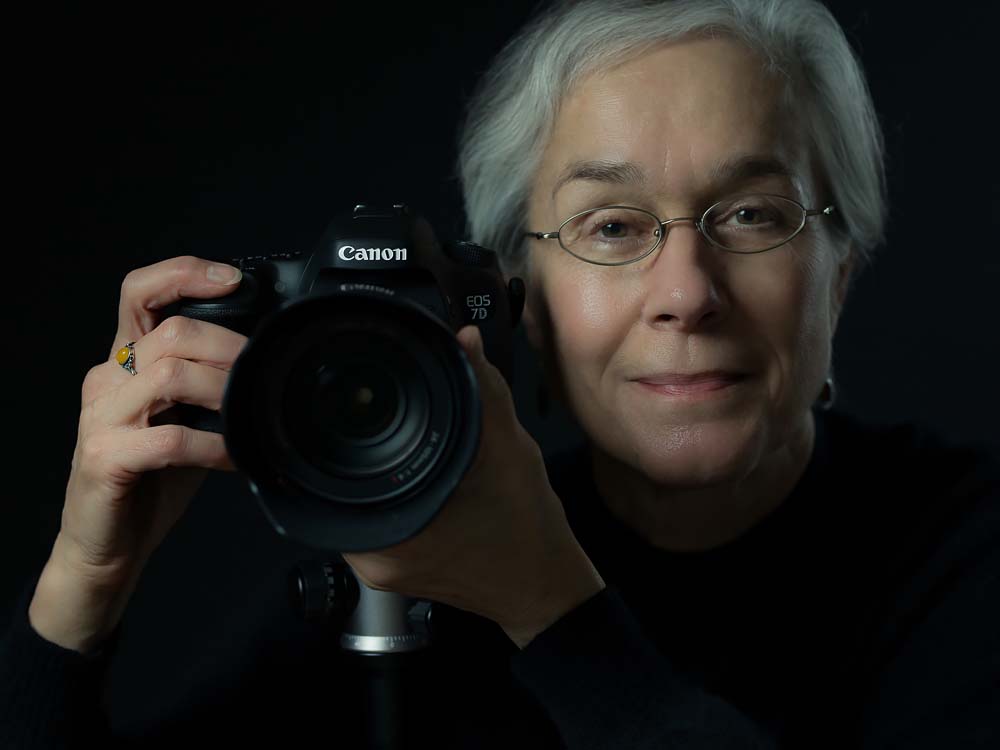Pat Rose is a photographer based in Portland, Oregon. Her work includes landscape, street, portrait and botanical photography. She is a retired teacher of English as a Second Language who has taught in Saudi Arabia and Turkey, as well as in Austin, Texas, and most recently at Portland State University. After picking up her first digital camera a few years before her retirement about a decade ago, she quickly developed many photographic interests. Landscape and street photography appeal to her love of wandering and exploring new places, while her interest in portraiture stems from a desire to work collaboratively with her subjects. In late February 2020, as the coronavirus pandemic was gaining traction in the world and just starting to spread in the US, she began exploring the genre of scanner photography, an alternative form of photography involving the use of a flatbed scanner rather than a conventional camera to make digital images. This kind of work seemed an excellent way to continue her creative efforts as she started practicing self-isolation at home during the growing pandemic. For her scanned images she has been using flowers and other botanical specimens to create "virtual" bouquets as a celebration of the beauty and grace still to be found in the world during these troubled times.
Pat has shown her work in a number of group exhibitions in galleries across the country. In Oregon, her photography has been juried into exhibitions at the
LightBox Gallery in Astoria and the
Black Box Gallery in Portland, and her
Landscapes of the Pacific Northwest series was juried into the 2018 Pacific Northwest Photography Viewing Drawers at the Blue Sky Gallery in Portland. Her work has also been juried into exhibitions in the A Smith Gallery in Johnson City, Texas, the
SE Center for Photography in Greenville, South Carolina, and
PhotoPlace Gallery in Middlebury, Vermont, among others. In addition, one of her landscapes graces the cover of the 2016 edition of
The Creaky Knees Guide, Oregon published by Sasquatch Books in Seattle. Another of her landscape photographs appears in the 2017 German edition of the
National Geographic Guide to National Parks of the United States, a travel guide published by NG Buchverlag GmbH in Munich.
Pat has received several awards for her photography. Her landscape image titled
Enchanted Forest was selected for the Juror's First Award at the 2017
Nature's Way exhibition at the LightBox Gallery in Oregon, and the image won the Grand Prize in
The American Landscape 2021 Photo Contest presented by Outdoor Photographer Magazine. Her portrait titled
Sophia With Roses won a Director's Honorable Mention in the 2020
Portraits exhibition at the
A Smith Gallery in Texas, and the image won Second Place in
The Face, 2020 Portrait Photo Contest presented by
Digital Photo Pro Magazine. Her cityscape image titled
Random Chaos won a Director's Honorable Mention in the 2020
Vistas exhibition at the A Smith Gallery in Texas. And her botanical image titled
Still Life with Roses & Raffia won an Honorable Mention in the Still Life Amateur category in The 14th Annual International Color Awards.
Pat also writes about photography for
Oregon ArtsWatch, an online magazine about culture and the arts in the Pacific Northwest. Much of her photography and her CV can be found on her website.
